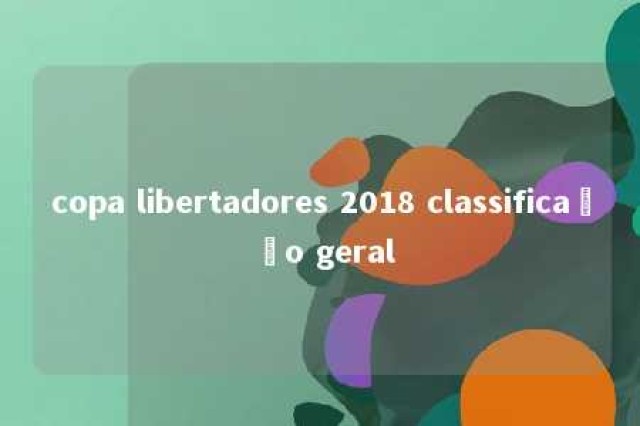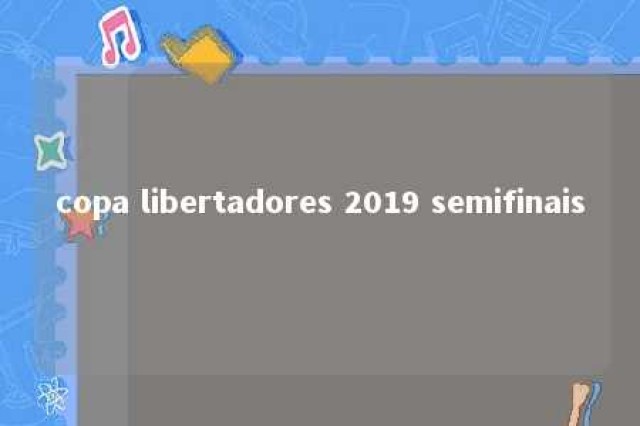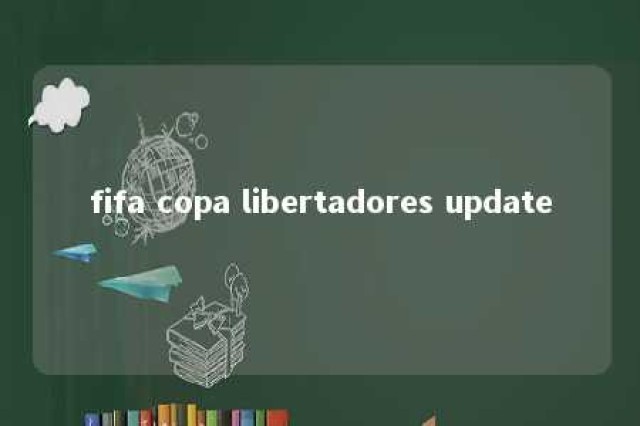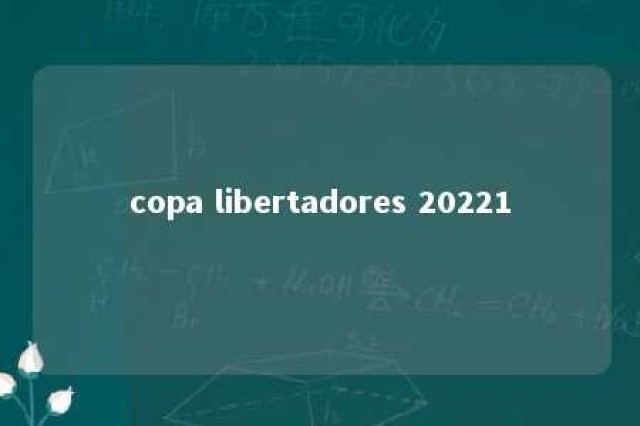
flamenco claps
- futebol
- 2024-10-06 18:05:13
- 1
Video Description:ClappingtotheRhythmofFlamenco:TheArtoftheCastanetsFlamenco,thepassionateandexpressiveartformthatorig...
Clapping to the Rhythm of Flamenco: The Art of the Castanets
Flamenco, the passionate and expressive art form that originates from the Andalusian region of Spain, is renowned for its vibrant music, passionate singing, and energetic dance moves. One of the essential elements that add to the dynamic essence of Flamenco is the clapping, also known as "palmas." This rhythmic and intricate pattern is performed by the clapping hands of the dancers or musicians, creating a captivating sound that complements the soulful music and evocative dance.
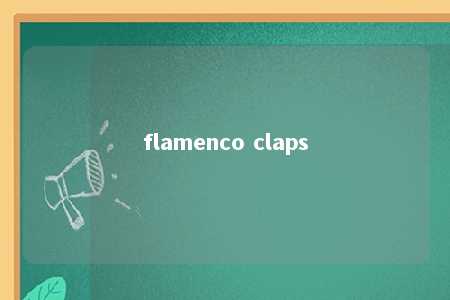
The Origin of Flamenco Clapping
The tradition of Flamenco clapping dates back to the 18th century, when the art form was born out of the cultural melting pot of Spain. The gypsies, Andalusian farmers, and Moors who inhabited the region brought their own music and dance styles, which eventually merged to create Flamenco. The clapping technique was adopted as a way to keep the rhythm and add an extra layer of sound to the music.
The Technique of Flamenco Clapping
Flamenco clapping requires a certain level of skill and precision. It involves the use of the palms, fingers, and knuckles to create a variety of rhythmic patterns. Here are some of the key elements of Flamenco clapping:
-
Palmas: The most basic and widely used Flamenco clapping pattern, palmas consist of a simple, repetitive rhythm that is produced by clapping the palms together. It is the foundation upon which more complex patterns are built.
-
Punto: Punto is a technique that requires the hands to be placed close together and the fingers to be spread apart. This allows the musician or dancer to emphasize certain beats in the rhythm, creating a more dynamic sound.
-
Puntapié: Puntapié is a clapping technique where the dancer taps their fingers against their palm or another hand, creating a sharp and percussive sound. This is often used to punctuate the rhythm or to convey a specific emotion.
-
Caracol: Caracol is a more complex pattern that involves alternating between the palms and the fingers, creating a rolling and continuous rhythm.
The Importance of Flamenco Clapping
Flamenco clapping is not just a way to keep the rhythm; it is an integral part of the art form. It adds depth and emotion to the music and dance, allowing the performers to convey their stories and feelings more effectively. The intricate patterns and rhythms of Flamenco clapping require years of practice and dedication, making it a true testament to the passion and dedication of those who perform this beautiful art form.
In conclusion, Flamenco clapping is a unique and essential element of the Flamenco art form. It adds a captivating sound to the music and dance, allowing the performers to share their emotions and stories with the audience. Whether you are a seasoned Flamenco enthusiast or someone new to the art, the beauty and power of Flamenco clapping are sure to leave a lasting impression.
flamenco claps Dicas da Enciclopédia de VidafutebolColuna publicada, obrigado pela suaDicas da Enciclopédia de VidaReconhecimento de nossos trabalhos e artigos originais, você é muito bem-vindo para compartilhá-los em seu site pessoal ou círculo de amigos, mas indique a fonte do artigo ao reimprimi-lo“flamenco claps ”

Artigo anterior
bola liga dos campeões 2021
Próximo artigo
filho de zidane conquista a liga dos campeões

